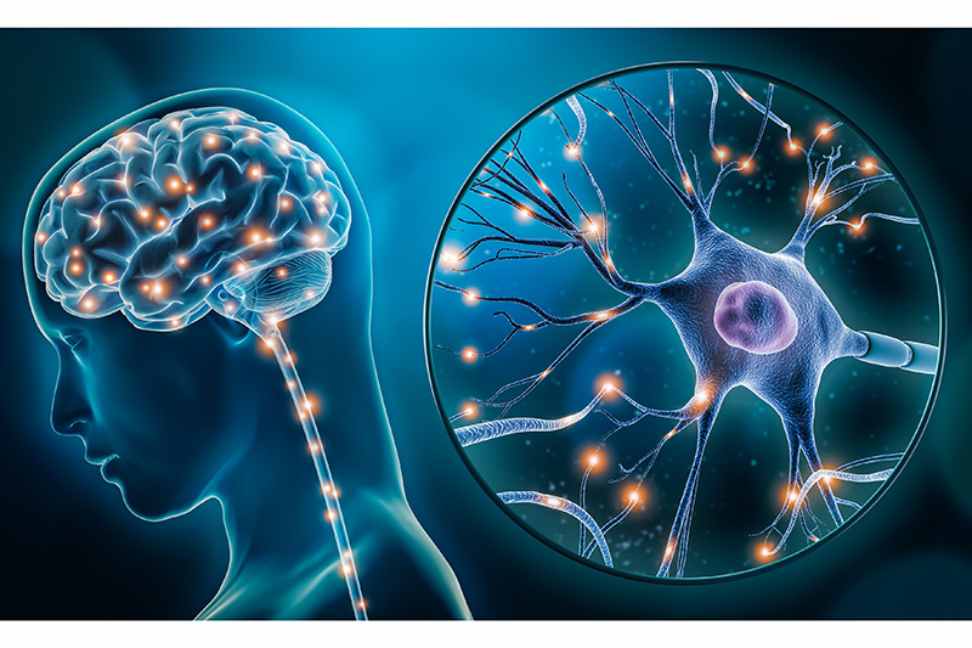Alphaexch247, Kabook Login, VL Book: Cognitive neuroscience is a multidisciplinary field that focuses on understanding how the brain enables the mind to function. By combining knowledge from psychology, neuroscience, and cognitive science, researchers in this field aim to unravel the complex relationship between brain activity and cognitive processes. Through the use of advanced imaging techniques, such as fMRI and EEG, cognitive neuroscientists study how different areas of the brain are involved in activities like memory, attention, language processing, and decision-making.
One of the key goals of cognitive neuroscience is to uncover the neural mechanisms underlying various cognitive functions. By mapping brain activity during different tasks and behaviors, researchers can identify specific brain regions and networks responsible for functions like perception, emotion, and problem-solving. This field not only enhances our understanding of the brain-mind relationship but also has applications in areas such as education, healthcare, and artificial intelligence.
The Structure and Function of the Brain
The brain is a remarkably complex organ that plays a crucial role in controlling various bodily functions and behaviors. It is divided into different regions that each serve specific functions, such as the frontal lobe responsible for decision-making and motor movements, the parietal lobe for sensory processing, the temporal lobe for memory and auditory functions, and the occipital lobe for visual processing. The brain’s structure consists of billions of neurons that communicate with each other through electrical and chemical signals, forming intricate networks that enable information processing and cognition.
In addition to its structural organization, the brain’s functions are diverse and interconnected, allowing for a wide range of capabilities. From regulating basic bodily functions like breathing and heart rate to more complex processes such as problem-solving, creativity, and emotional responses, the brain is vital for our everyday functioning. Furthermore, the brain is highly adaptable and has the ability to reorganize its neural connections in response to new experiences, allowing for learning and memory formation.
� The brain is divided into different regions with specific functions
� Frontal lobe for decision-making and motor movements
� Parietal lobe for sensory processing
� Temporal lobe for memory and auditory functions
� Occipital lobe for visual processing
� The brain consists of billions of neurons communicating through signals
� Neurons form intricate networks for information processing and cognition
� The brain regulates basic bodily functions like breathing and heart rate
� It also supports complex processes such as problem-solving, creativity, and emotional responses
� The brain is adaptable and can reorganize neural connections in response to new experiences
allowing learning and memory formation.
Neural Networks and Information Processing
Tigerexch247, GX247, Mglionbet: Neural networks serve as the fundamental building blocks for information processing within the brain. These interconnected networks of neurons work together to transmit and process information through electrical and chemical signals. Information is encoded and decoded as it travels through these neural pathways, allowing for the complex cognitive processes that underlie human behavior and thought.
By leveraging the parallel processing capabilities of neural networks, the brain can efficiently handle large amounts of information simultaneously. This intricate system of interconnected neurons forms the basis for learning, memory storage, decision-making, and various other cognitive functions. The interconnected nature of neural networks allows for the brain to adapt and rewire itself based on experiences, a phenomenon known as neuroplasticity.
What is Cognitive Neuroscience?
Cognitive neuroscience is a field of study that focuses on understanding how the brain processes and interprets information related to cognitive functions such as memory, attention, perception, and decision-making.
How does the structure of the brain affect information processing?
The brain is made up of interconnected neural networks that work together to process information. Different regions of the brain are responsible for different functions, and the way these regions are connected and communicate with each other influences how information is processed.
What are neural networks and how do they play a role in information processing?
Neural networks are interconnected networks of neurons in the brain that work together to process and transmit information. These networks are capable of learning and adapting based on experience, which allows for complex information processing tasks to be carried out efficiently.
How do neural networks contribute to our understanding of information processing?
By studying neural networks in the brain, researchers can gain insights into how information is encoded, stored, and retrieved. This knowledge can help improve our understanding of various cognitive functions and potentially lead to advancements in artificial intelligence and machine learning.
Have A Look :-
- Why Instagram Is Trending?
- What Is Unblocked Games Premium?
- 5 Things You Have To Know About Kanye West New Wife



provigil 100mg uk modafinil 200mg pills provigil oral cheap modafinil 200mg buy provigil 100mg buy modafinil for sale buy provigil 100mg generic
Your comment is awaiting moderation.